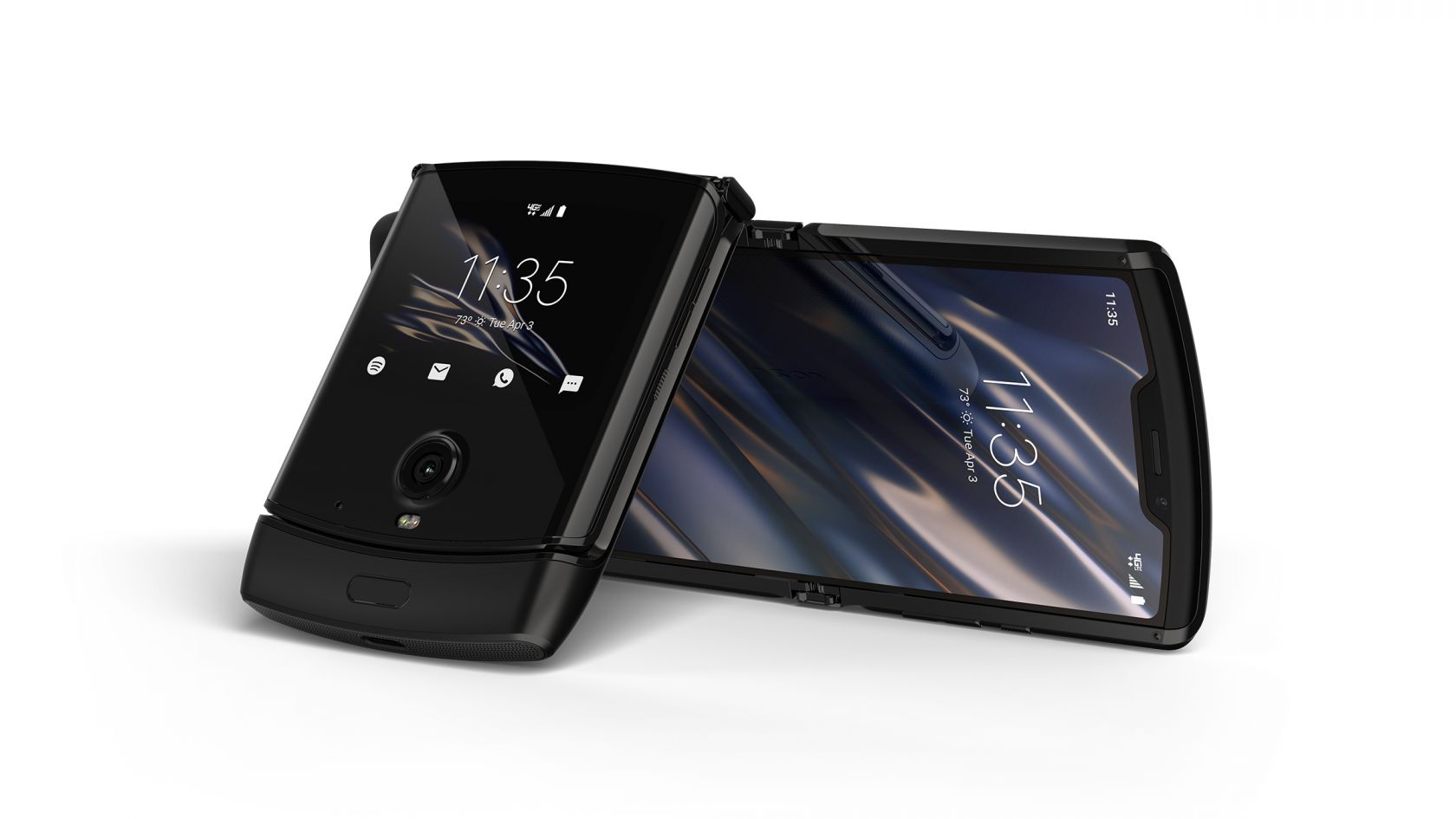It’s starting to look like foldable smartphones are the future. While there aren’t very many options available right now, Samsung’s Galaxy Gold is available, and Motorola’s Razr will be available soon. Let’s take a look at the Galaxy Fold vs the Motorola Razr to see which one might be the better option.
Before we continue, we must point out that Samsung’s Fold was beset with difficulties since the very first review units were sent out. The company even ended up recalling the device and reissuing it later because of all the problems. It’s too early to say how the Razr will perform in early testing because the review units haven’t even been shipped yet.
Galaxy Fold vs Motorola Razr: Obvious differences
When you consider the Galaxy Fold vs the Motorola Razr, there are some very obvious design differences. For one thing, the Fold folds in half like a book, while the Razr has more of a clamshell design. The Razr is more like the size of a standard smartphone that folds in half like older flip phones before touchscreens.
The Fold features a massive 7.3-inch display when it’s unfolded and a 4.6-inch display when it’s folded. On the other hand, the Razr has a 6.2-inch screen. The designs indicate that Samsung basically wanted to make a tablet that folds, takes phone calls and fits in your pocket, while Motorola was looking to make smartphones more portable.
The other obvious difference between the two phones is the price. Samsung is selling its foldable smartphone for $1,980, while Motorola “only” wants $1,500 for the Razr. However, the Razr features mid-range specs, while the Fold offers high-end, flagship specs, which is why Samsung can charge more for it.
The Galaxy Fold also features six camera lenses, vs the Motorola Razr’s two lenses (one inside and one outside) plus Time of Flight sensor.
Less obvious differences
Since both phones feature foldable displays, it’s important to consider the hinge mechanisms on each when considering the Galaxy Fold vs the Motorola Razr. The Fold’s crease is much longer because it folds vertically, creating a 6.3-inch crease. On the other hand, the Razr’s crease is a more manageable 2.8 inches in size because it folds horizontally. As you would expect the Razr’s crease is also less noticeable than the Galaxy Fold’s.
One other important thing noted by CNET was the fact that you can do more on the Fold’s folded 4.6-inch screen than you can on the Razr’s folded 2.7-inch screen. This may seem obvious, but it isn’t something you might think about when you consider the different screen sizes. The Razr’s small screen is designed mostly to reveal notifications, battery life and cell signal. However, full Android apps can be opened on the Fold’s small screen, making it easy to use the device while it’s folded.
CNET also compared the two devices for watching videos. One good thing about the Razr is that the piece sticking out at the bottom can be used as a grip for holding it while watching videos. However, the 21:9 ratio doesn’t work great with all videos. Because of the narrow form factor, all videos must be watched in landscape mode. Some videos also don’t line up with the sides of the device.
The Galaxy Fold has a large notch on the top-right corner, although it probably won’t get in the way of anything important.
Finally, in the battle between the Galaxy Fold vs the Motorola Razr, Samsung’s device has better specs with a Snapdragon 855 chipset and twice as much storage and RAM as the Razr, which runs on a Snapdragon 710 chipset. It’s unclear which device will win in battery life. The Razr has only a 2,500 mAh battery split into two, while the Fold has a 4,380 mAh battery.





